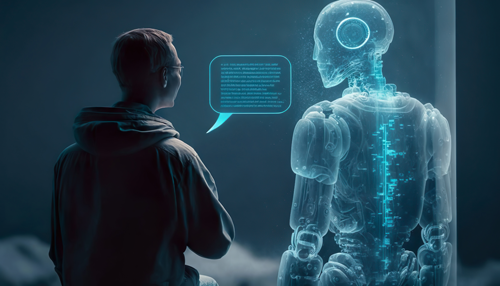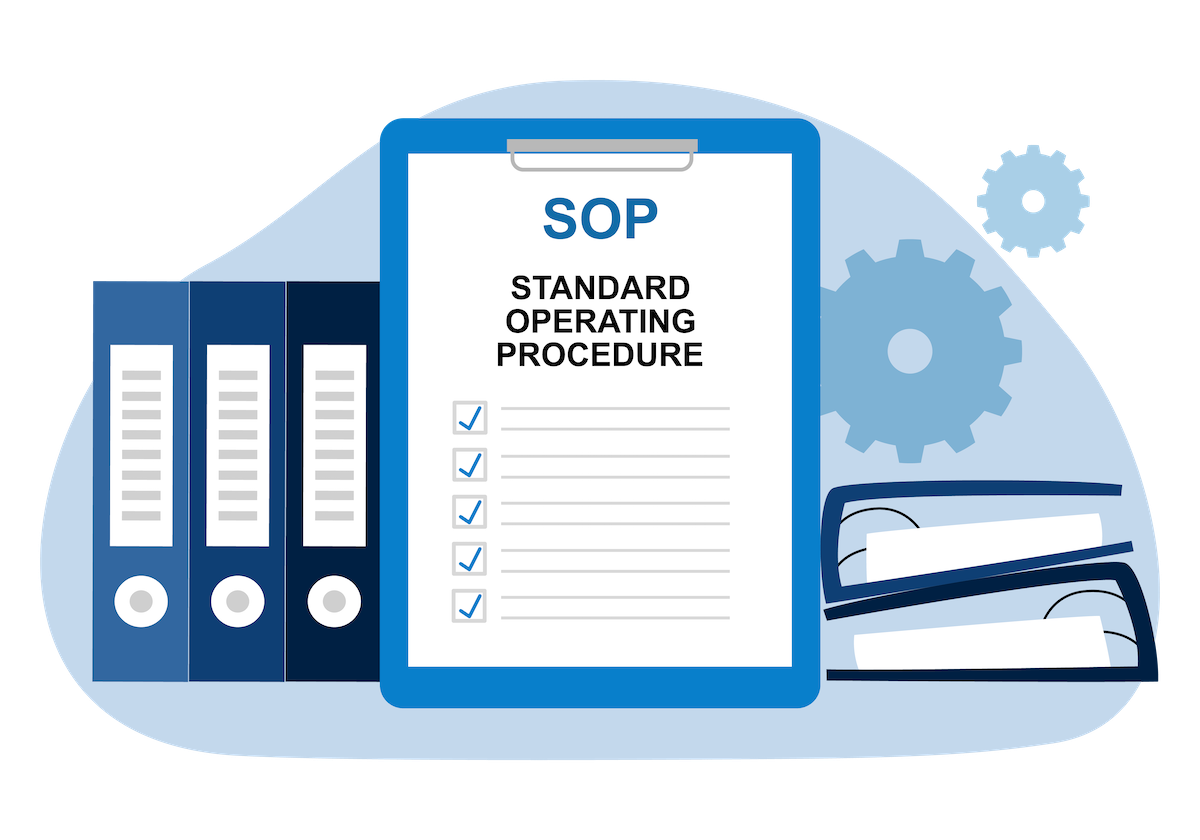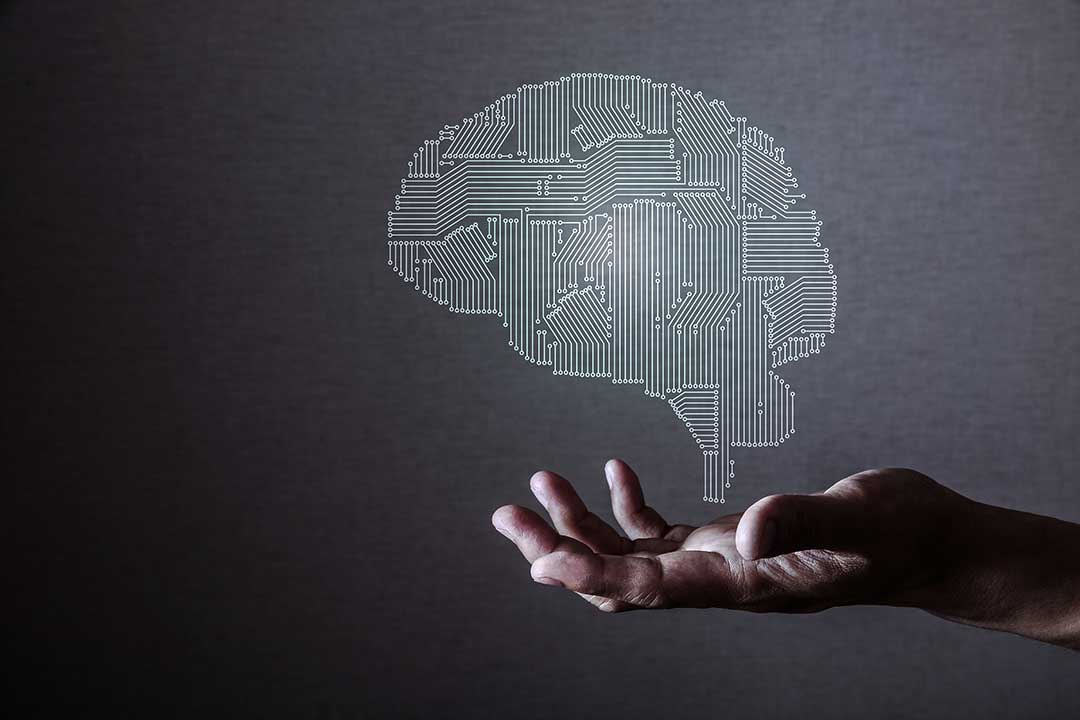AI Upskilling and Reskilling: Closing the Skills Gap
The artificial intelligence revolution isn't coming—it's already here. Yet a startling reality confronts today's organizations: only 8% of HR leaders...
4 min read
![]() Innovatia Guru
:
May 24, 2023 2:24:46 PM
Innovatia Guru
:
May 24, 2023 2:24:46 PM

Like many people, I have been curious about the practical application of AI tools to my job as a Technical Writer. A typical week for me could include writing and editing text, creating illustrations and graphics, editing audio or video, and designing publications or presentations. Whatever final form it takes, all my work starts with the same process of trying to generate ideas, often with both visual and written components. Brainstorming is an activity that is essential to any creative practice, but we often find ourselves too pressed for time to do as much of it as we would like.
With that in mind, I went searching for AI tools that could help optimize my creative workflow, freeing me up to generate and refine ideas. Here are some brainstorming activities that can leverage AI powered tools:
1. Mine and Analyze Existing Content – AI based systems can crawl through a content repository and find references to specific items or broader themes. For example, ChatGPT as a search engine can return a readable structured summary of results instead of ranked and ad-weighted links. This sort of augmented searching enables you to research more topics in the same amount of time or spend more time forming insights.
2. Map Your Thoughts – free association and ideation by exploring themes with simple visual layouts. AI can be trained to understand basic illustration concepts like the picture plane, the rule of threes in photography, relationships between shape objects in flow diagrams, and foreground or background layers. Best of all, AI can save your team time by helping to generate ideas and analyze mind map nodes to group them by their similarities and relationships.
3. Capture Knowledge from Your Workflow – discovering ideas through conversation via text messaging, voice calls, and video or in-person meetings. We already rely on AI and algorithms to interpret our voices and produce correct transcripts of what we say and manage a few invisible functions that support call quality.
Sometimes we don’t know how to express an idea in words until we see the wrong answer. I asked ChatGPT a simple question with broad parameters: “Write an article about the benefits and drawbacks of ChatGPT for technical writers.” The result was a reasonable six hundred words; an introductory paragraph followed by a list of four benefits, a list of four drawbacks, and a concluding paragraph.
Seeing the result of a ChatGPT search for the first time felt like a kind of epiphany, a sudden shift into a new reality. For a change, a writer wouldn’t mind the first step of what many would consider to be a tedious stage of the writing process: research and first draft.
One of my favourite books about this process is Stephen King’s On Writing, in which he describes the practice of developing a “quick and dirty” first draft. King’s next step is to file the first draft away somewhere for a few weeks and then come back to it; this helps him approach the draft with “fresh eyes.” ChatGPT allows the writer to shorten both steps, so that you can claw back some sanity to give to a Stephen King book instead.
A word of caution: remember that the G in ChatGPT stands for General, as in general knowledge. Don’t expect to obtain deep insights about any subject with today’s tools. It’s only the beginning and they will get better with time. This is just a preview of things to come.
These tools were of particular interest to me because they try to square the circle of shape analysis, if you will pardon the pun. Apps like MindMup, MindMeister, and Lucidchart use AI-driven algorithms to automatically lay out graphic elements and adjust shapes according to content types.
Pulling back to a broader view, apps like Creately and Diagrams.net (formerly Draw.io) use AI to suggest entire layouts for diagrams. They may be overkill for the first stages of generating ideas, but if you need to visualize existing content that is complex, they both seem capable of helping with heavy lifting.
A shortcoming for tools that have a primarily visual user experience is a lack of support for devices like a Wacom tablet or MIDI audio. For all we know, these devices might get an AI-based system of their own in the future making them a much more effective part of the creative workflow.
There is a certain amount of AI devoted to analyzing not just the basic content of a meeting – the words spoken among participants – but also things like people’s attention or facial expressions. Some tools analyze chat conversations looking for trends in discussions or even emotional signifiers (e.g., what are people most excited about?).
This kind of analysis seems especially valuable in an area like support, where chatbots can answer often-asked questions and route users to live support where needed. AI-enhanced virtual assistants might also help with tasks like scheduling meetings. But can they help with brainstorming in person-to-person meetings?
I think so, in much the same way that autocorrect and autosuggest can offer conversation cues or dialogue branches. If your team is not doing it already, you may want to consider using meetings to capture knowledge, process it with transcription tools like Speak AI, and build a new searchable repository that can supply better content for predictive tools or everyday reference.
Start looking for the times and places where communication is happening in your team. Is the information being captured, analyzed, and shared? What tools are the team using currently, and what capabilities already exist to extend them digitally? For example, if a daily whiteboard session is part of your team process, try one of the digital whiteboard apps; see if it helps to spark more ideas and analyze the tidbits that would have been erased otherwise.
The full impacts of AI tools will not be known for some time. Some are already fearful that their livelihoods may be somehow threatened by these or other technologies. I suppose telegraph operators felt the same way when the telephone was invented, and switchboard operators felt the same way when the original business computers were introduced. Perhaps AI tools will help us generate the very ideas we need to move forward with them.

The artificial intelligence revolution isn't coming—it's already here. Yet a startling reality confronts today's organizations: only 8% of HR leaders...

Operating procedures are step-by-step instructions detailing how to perform specific tasks, such as starting up or shutting off equipment,...

Intelligent content design is one of the foundational steps of an AI adoption program. Learn more about Intelligent Content.